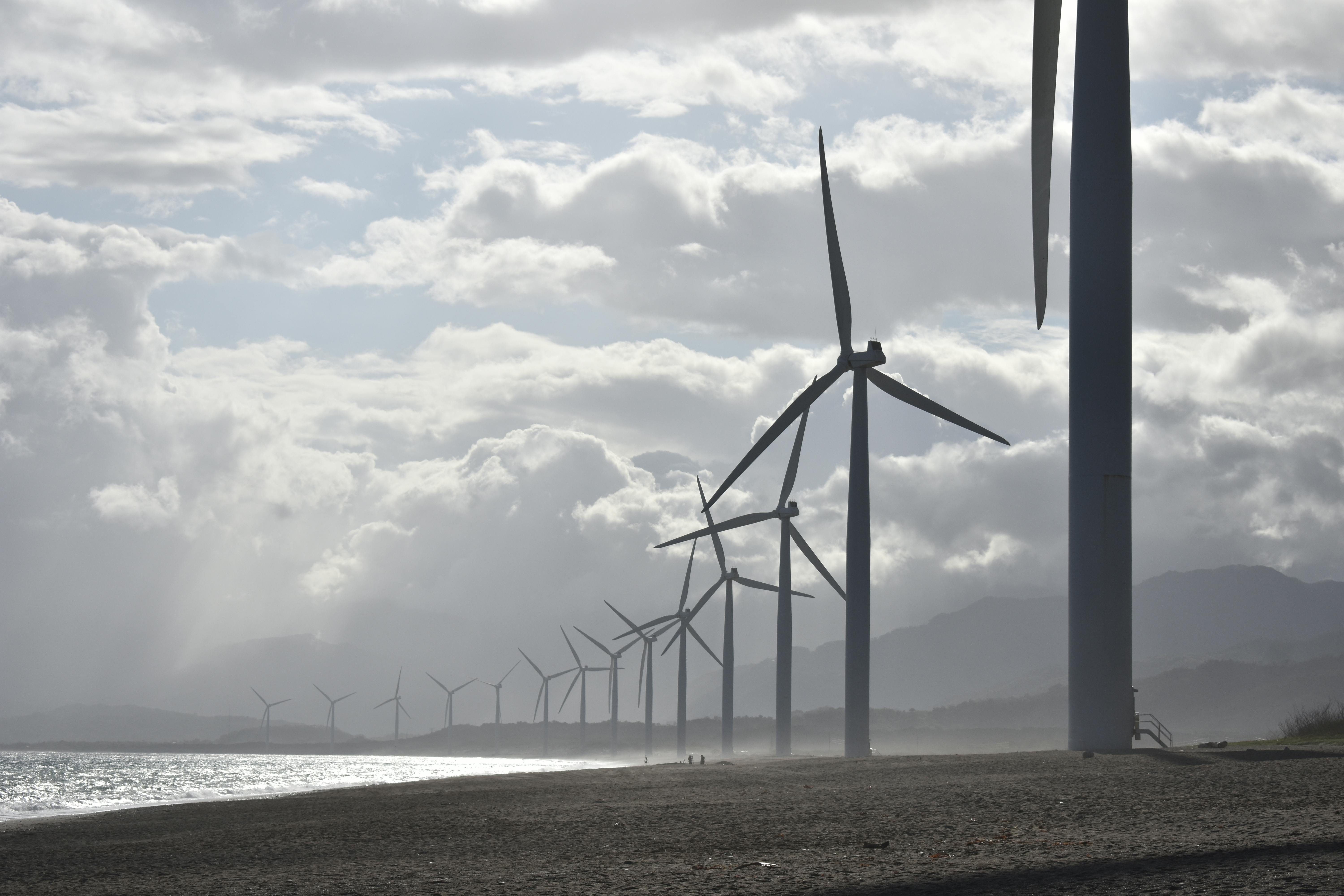Seven countries now generate almost 100% of their electricity from renewable energy sources. This major milestone proves that a fully green power grid is more than just a future goal, it is already a reality in parts of the world. As climate concerns mount and fossil fuel dependence continues to cause global tensions, these nations have stepped forward with bold investments in hydropower, solar, wind, and geothermal energy. Their success offers a blueprint for others still heavily reliant on coal and gas.
1. Albania

Albania generates almost all its electricity through renewable energy, mainly from hydropower. The country’s mountainous terrain and fast-flowing rivers make it an ideal location for hydroelectric dams. These plants provide over 99% of the country’s electricity. While Albania remains vulnerable to seasonal water levels, the government continues investing in solar and wind to diversify its renewable portfolio. Albania’s dependence on hydropower dates back decades, but modern upgrades have improved capacity and reliability. Today, it stands as one of the few nations with nearly complete renewable energy coverage, supplying homes and businesses with clean, emissions-free electricity.
2. Bhutan

Bhutan has long promoted environmental protection, but its energy profile is especially impressive. Nearly 100% of its electricity comes from hydropower. With powerful rivers flowing from the Himalayas, Bhutan has harnessed nature’s force to meet its own energy needs and even export surplus electricity to India. The government has prioritized sustainability in all areas of development, and electricity from renewables is available to nearly the entire population. Bhutan’s carbon-negative status is partially due to this clean energy model. It not only offsets domestic emissions but also supports neighboring countries with green energy exports.
3. Nepal

Nepal is another Himalayan country that has shifted almost entirely to renewable electricity. Like Bhutan, it relies heavily on hydropower. The country’s rivers provide ideal conditions for generating sustainable electricity, and its renewable share now sits at 99.3%. In recent years, Nepal has focused on rebuilding and expanding its energy infrastructure, especially after the 2015 earthquake disrupted much of the country’s power system. Today, its investments are paying off. Hydropower plants have become more efficient, and access to electricity has expanded even in rural regions. Nepal’s reliance on clean power has reduced its dependence on imported fossil fuels.
4. Paraguay

Paraguay generates virtually all its electricity through hydropower, mostly from the massive Itaipu Dam it co-owns with Brazil. This single dam alone supplies about 90% of Paraguay’s electricity, with the rest coming from other hydro plants. Overall, more than 99.9% of the country’s electricity is renewable. Paraguay uses only a fraction of the power it generates, exporting large quantities to Brazil and Argentina. This energy model has helped keep electricity costs low for residents while supporting economic growth. The Itaipu Dam remains one of the most productive hydro facilities in the world, and Paraguay is a global leader in clean electricity.
5. Ethiopia

Ethiopia is rapidly expanding its renewable energy capacity, reaching around 99.9% electricity generation from renewables. Most of this comes from hydropower, including the massive Grand Ethiopian Renaissance Dam (GERD) on the Nile River. The country also invests in geothermal and wind power. Ethiopia’s government has made electrification a national priority, aiming to bring sustainable power to remote and underserved areas. The GERD project has faced political challenges, but it has become a key driver of Ethiopia’s energy independence. Clean electricity now powers urban centers and is starting to reach rural communities through new transmission projects.
Read More: Solar Film You Can Stick on Any Surface to Generate Power Is Almost Ready
6. Iceland

Iceland is famous for using its volcanic landscape to generate geothermal energy. Alongside hydropower, geothermal accounts for nearly all of Iceland’s electricity generation. The country’s natural resources make this approach both efficient and reliable. Iceland also uses renewable energy for heating homes and fueling industries. Nearly 100% of its electricity comes from clean sources, with no reliance on fossil fuels. The country’s focus on sustainability has led to widespread adoption of electric vehicles and green technology. Iceland’s model shows how small nations with the right conditions can fully commit to renewable infrastructure and long-term energy security.
7. Norway

Norway has consistently ranked among the most energy-sustainable countries in the world. Over 99% of its electricity comes from hydropower, thanks to its mountainous terrain and abundant water resources. Norway also invests in wind energy and is exploring offshore renewable projects to expand capacity further. The country’s surplus of renewable electricity enables it to export power to neighbors and contribute to European energy stability. While Norway still earns revenue from oil exports, its domestic power grid is nearly fossil fuel-free. With consistent upgrades and smart grid systems, Norway maintains high reliability while keeping emissions extremely low.
Read More: After the Blackout: What Europe Must Learn from Spain and Portugal’s Power Failure
Conclusion

These seven countries prove that transitioning to a nearly 100% renewable electricity grid is not just theoretical. From the icy landscapes of Iceland to the highlands of Ethiopia, each nation has used its natural advantages to reduce emissions and secure energy independence. Their success demonstrates that political will, smart infrastructure, and resource-based planning can enable entire countries to rely on clean electricity. As global energy demands rise, more nations will look to these pioneers for guidance on building a sustainable and renewable-powered future.
Disclaimer: This article was created with AI assistance and edited by a human for accuracy and clarity.
